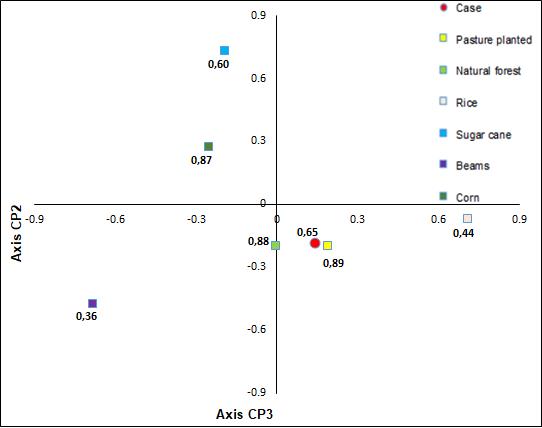Association between hantavirus cardiopulmonary syndrome in humans and landscape configuration in the Cerrado region of Minas Gerais, Brazil
DOI:
https://doi.org/10.21708/avb.2020.14.3.9411Abstract
The objective of this study was to analyze the spatiotemporal distribution of 193 autochthonous cases that were confirmed as hantavirus cardiopulmonary syndrome (HCPS) from 1998 to 2007 and its association with landscape configuration in the Cerrado region of Minas Gerais, Brazil. Among the 193 autochthonous cases, the probable sites of infection (PSI) of 129 cases (66.8%) were geoprocessed. We then evaluated the association between the HCPS cases and landscape variables through a multivariate analysis of the main components. Particularly, the mesoregion of Triângulo Mineiro/Alto Paranaíba had 130 autochthonous cases (67.3%). In addition, the chance of conglomeration of cases in municipalities located in this mesoregion was greater than that in other mesoregions. HCPS cases were positively associated with the increase in the area of planted pastures and natural forests in the Cerrado region. Rice, beans, maize, and sugar cane cultivations were less associated with HCPS. We concluded that the changes in the Cerrado ecosystem due to agricultural activities propitiate the maintenance of rodent populations and HCPS virus reservoirs. Additional training for health professionals for early diagnosis and reduction of the causes of the disease must be carried out in the endemic areas of Minas Gerais.
Downloads

Downloads
Pubblicato
Fascicolo
Sezione
Licenza
Autores que publicam na Acta Veterinaria Brasilica concordam com os seguintes termos: a) Autores mantém os direitos autorais e concedem à revista o direito de primeira publicação, com o trabalho simultaneamente licenciado sob a Licença Creative Commons Attribution que permite o compartilhamento do trabalho com reconhecimento da autoria e publicação inicial nesta revista. b) Autores têm autorização para assumir contratos adicionais separadamente, para distribuição não-exclusiva da versão do trabalho publicada nesta revista (ex.: publicar em repositório institucional ou como capítulo de livro), com reconhecimento de autoria e publicação inicial nesta revista. c) Autores têm permissão e são estimulados a publicar e distribuir seu trabalho online (ex.: em repositórios institucionais ou na sua página pessoal) a qualquer ponto antes ou durante o processo editorial, já que isso pode gerar alterações produtivas, bem como aumentar o impacto e a citação do trabalho publicado (Veja O Efeito do Acesso Livre).


 Esta obra está licenciada com uma Licença
Esta obra está licenciada com uma Licença 